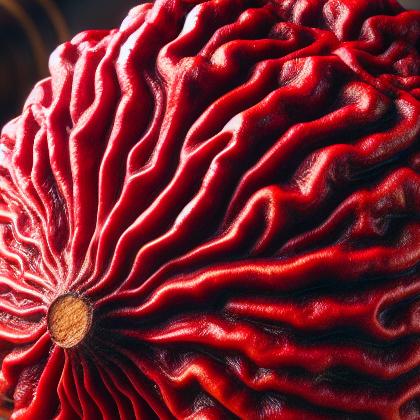Mace

The nutmeg tree is any of several species of trees in genus Myristica. The most important commercial species is Myristica fragrans, an evergreen tree indigenous to the Banda Islands in the Moluccas (or Spice Islands) of Indonesia.The nutmeg tree is important for two spices derived from the fruit: nutmeg and mace.Nutmeg is the seed of the tree, roughly egg-shaped and about 20 to 30 mm (0.8 to 1.2 in) long and 15 to 18 mm (0.6 to 0.7 in) wide, and weighing between 5 and 10 g (0.2 and 0.4 oz) dried, while mace is the dried "lacy" reddish covering or aril of the seed. The first harvest of nutmeg trees takes place 7–9 years after planting, and the trees reach full production after twenty years. Nutmeg is usually used in powdered form. This is the only tropical fruit that is the source of two different spices. Several other commercial products are also produced from the trees, including essential oils, extracted oleoresins, and nutmeg butter (see below).The common or fragrant nutmeg, Myristica fragrans, native to the Banda Islands of Indonesia, is also grown in Penang Island in Malaysia and the Caribbean, especially in Grenada. It also grows in Kerala, a state in southern India. Other species of nutmeg include Papuan nutmeg M. argentea from New Guinea, and M. malabarica from India.

Mace Properties:
| Food Property | Type | Description |
|---|---|---|
| Flavor Profile | Astringency | Mace has a slightly astringent taste due to the presence of tannins. |
| Texture | Dryness | Mace is typically dried and ground into a powder, giving it a dry texture. |
| Nutritional Value | Phytochemicals | Mace contains phytochemicals such as myristicin, which has antioxidant properties. |
| Color | Natural Pigments | Mace has a light reddish-brown color due to the natural pigments present in the spice. |
| Aroma | Volatile Compounds | Mace has a warm, slightly sweet aroma due to the presence of volatile compounds like myristicin. |
| Chemical Composition | Enzymatic Activity | Mace contains enzymes that can affect its flavor and aroma when exposed to heat during cooking. |
Food Pairing App - Version 1.2.0
